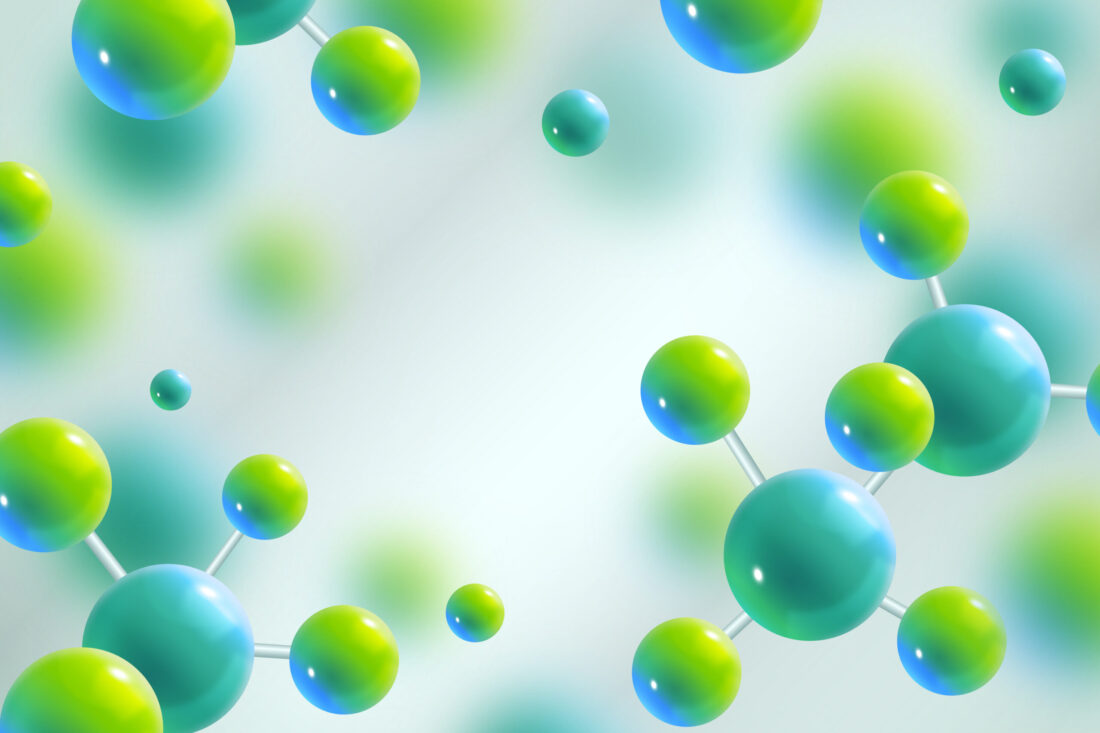Within the realm of biology, cells rely on intricate processes to sustain life. Catalysts known as proteins play a crucial role in these processes, expediting chemical reactions. These proteins possess a remarkable capability to interact with specific substances, forming the foundation of biochemistry. In this article, we will explore these proteins and their interactions with substrates, shedding light on their profound impact on cellular biochemistry.
Enzymes at a Glance:
Specialized proteins, acting as catalysts, accelerate reactions by lowering energy requirements. This efficiency is at the core of processes such as metabolism and cellular respiration, driving life’s essential functions. The dynamic connection between proteins and their substrates underpins this efficiency.
Enzyme-Substrate Interaction: A Molecular Exchange:
An intricate exchange takes place between proteins and substrates. Proteins have specific sites where substrates bind, forming a complex that stabilizes and transforms substrates into products. This interaction relies on the compatibility of shapes and chemical properties between the binding site and substrate.
Specificity in Interaction:
The interaction between proteins and substrates is precise. It hinges on factors like shape, size, and chemical properties. This specificity ensures that the right substrates are targeted, preventing wasteful or harmful reactions. Proteins can adapt their structure to accommodate substrates, highlighting their versatility.
Driving Reactions:
Once the protein-substrate complex forms, catalysis occurs. Proteins facilitate reactions by bringing substrates into proximity and favorable orientations for bonding. This reduces energy demands, resulting in efficient cellular processes and rapid reaction rates.
Regulation and Harmony:
Cellular harmony relies on tight regulation of protein activity. Factors such as pH, temperature, and cofactors influence protein function. Feedback mechanisms also play a role, where the accumulation of products halts further protein activity, maintaining equilibrium in cellular reactions.
Applications in Medicine and Industry:
The understanding of protein-substrate interactions holds broad significance. It guides drug development by targeting specific proteins in medicine. Industries harness proteins for processes like fermentation and diagnostics, where altered protein activity can indicate disease.
The Architecture of Cellular Efficiency:
Protein-substrate interactions unveil the elegance of biochemical processes. These interactions orchestrate the symphony of life by enabling essential functions with efficiency. Our comprehension of these interactions transforms various aspects of life, from medicine to industry, shedding light on the intricacies of existence.





Leave a Reply
You must be logged in to post a comment.